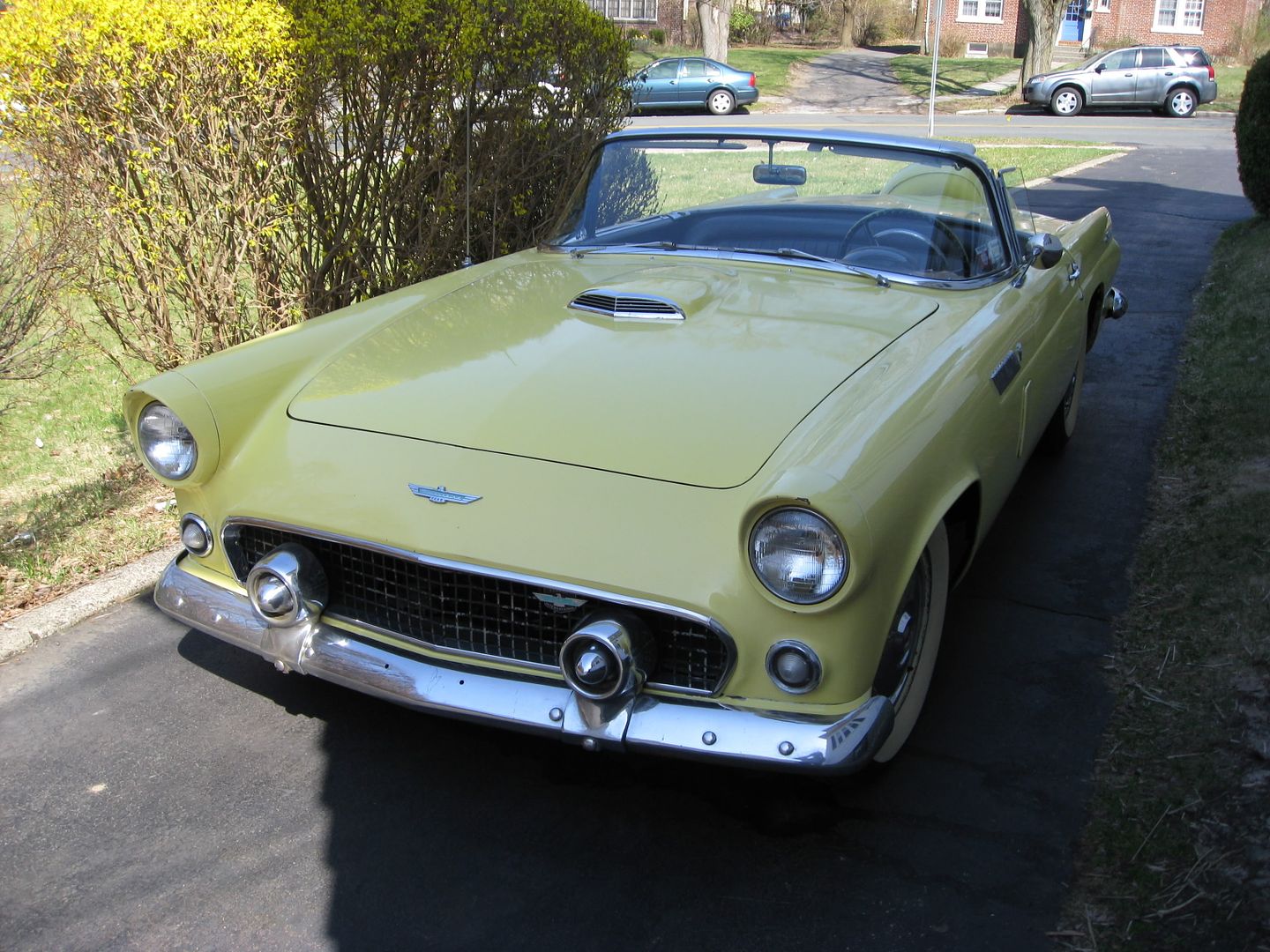MikeKardec
One Too Many
- Messages
- 1,157
- Location
- Los Angeles
When you go see the car, take a pocket magnet with you and run it over and under the fenders and rocker panels. That'll tell you how much putty and filler there is on the body, which will tell you how much rust it's had in its lifetime, and how much care went into its restoration.
Lizzie's right. The body is everything if you are going to want to make it a nice car. What is or isn't under the paint can cost you a FORTUNE and it's often a one way trip, start work and there can be no where to stop until you are done. Mechanical issues are pretty easy, and cheap in comparison, unless you are dealing with a brand or system that is utterly obscure.
With one exception I have always bought cares that were at least 75%, even if I planned a total resto. That makes thing more expensive but you can stop if you want and still have a functional, salable, car ... basically there is a way out if you need it.
There is TONS of info out there in go-ogle land. Before I bought the Alfa, a car I knew noting about nor had I ever wanted one until I realized I could easily fit (6' 4") inside it. I researched every change over the years, bought the one that had most of what I wanted then started collecting the bits that I wanted to add to it like original the fuel injection, the best wheels, Marschal lights, limited slip rear end.
Often the best thing to do is to get a universally popular car like a 55-57 Chevy or a 1960s Mustang or something that didn't change much over the years like the Alfa GTV, Jeep Wagoneer, or even a Porsche 911. This gives you a wealth of original, newly manufactured, factory or aftermarket upgraded parts. You are not as "special" as the guy with the Nash or Hudson but you'll never get tired of what you can do to it. It can remain bone stock or can be upgraded to an almost modern spec.
It's worth every penny to buy the best thing you can afford ... ESPECIALLY if you buy an obscure make or model. Never ever kid yourself on that.



